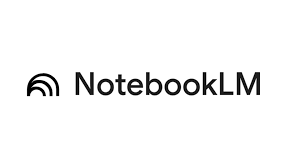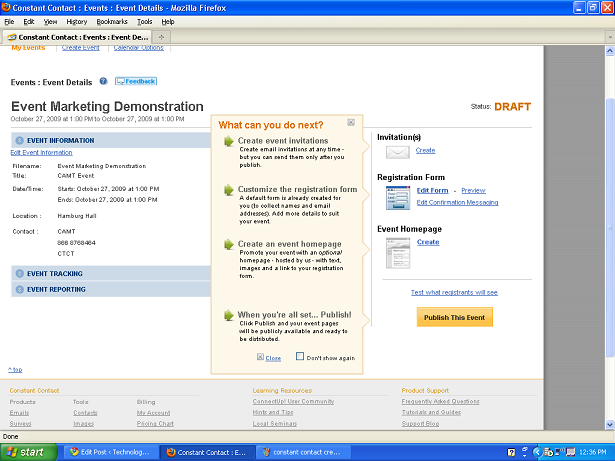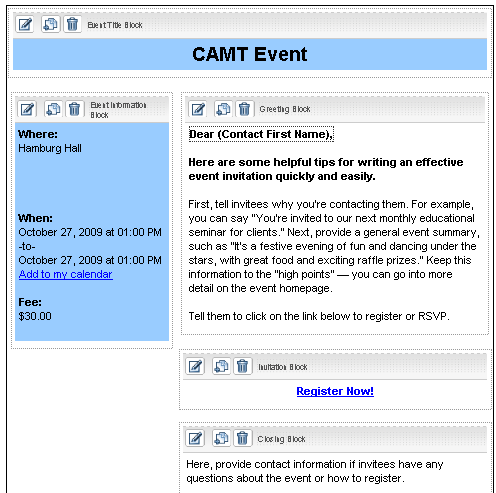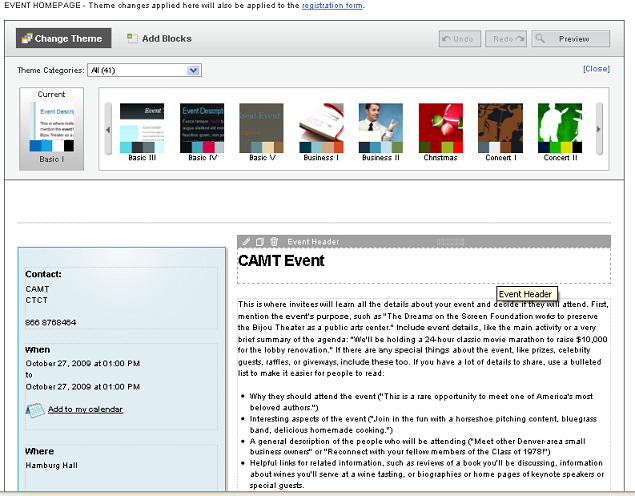Now that websites and email addresses are as ubiquitous as mailing addresses and phone numbers, organizations that accept submissions have a new way of receiving work from artists. Many find that receiving submissions via email can be overwhelming, and coordinating review of pieces among judges or editors can result in a lot of cluttered in-boxes and overlooked submissions. Getting a panel together to review portfolios for a competition may be costly, and relying on the numerous moving parts and unforeseen expenses adds a level of complication that could be unnecessary. Fortunately, there are a number of products that have been developed over the past few years that are designed specifically for everything from publishers to film festivals. These online tools enable organizations to receive submissions and have a review process that cuts out the need for endless emails or envelopes of slides or manuscripts.
All of the products below have a central place online where submissions are uploaded by applicants and stored for review, annotation, comments, and more by administrators or jurors. They each excel in different mediums, and have a variety of costs associated with them.
Developed by a writer, this free program was intended to enable small journals and publications to accept and review submissions in a more streamlined and organized manner. Slightly customizable to link from and match your website, this submission tool offers unexpected flexibility and enables publishers to accept payment (submission fees, etc.) electronically with the submission. Developers of submishmash have extended the scope of downloads to include photos, music, and additional types of media. Submishmash streamlines the review process, allowing editors to communicate with one another, make notes on what stage of the process they are in, and enable the authors of work to check in on their submissions to see what stage of the review process they're in. Files are downloaded to editor's computer for review. Quick list of notable features:
Handles word documents (automatically converts to PDF when reviewers download), images, and audio files
Ability to email form and personal letters to author and editors with one click
Ability to fund contests and publications by charging submission fees without setting up a PayPal account
Streamline the editing process and eliminating the messiness and confusion of email submission acceptance by putting all work in one place for review
Allows authors to submit word documents which are automatically converted into PDF for review
Publisher can run multiple competitions and calls for submissions simultaneously
Free to use (if you do end up charging for submissions, a small percentage of that is taken by developers)
Submishmash developers are working on more customizable and advanced versions that will be available for purchase, but plans to keep the current version free.
*CueRate is a product of the Center for Arts Management and Technology, home of this blog.
CueRate is an extremely flexible and powerful tool for arts organizations of all types. Designed especially for organizations "where artists or students apply for scholarships, fellowships, awards or grants," CueRate enables submissions of images, video, audio, or text, and can handle multiple file uploads at one time. Embeddable in your website, it allows artists to submit a resume and artistic statement in addition to their artwork. Files can be reviewed within the application itself, preventing panelists from having to download items onto their computers. Designed to assist large juried competitions with accepting and reviewing submissions from around the world, CueRate has a variety of capabilities that can be implemented both remotely and onsite.
Designed to accept written, video, audio, and image files
Submissions do not need to be downloaded onto your computer, but can be reviewed in the browser
Artist statements, resume, and responses to particular questions can be answered and included with submissions
Customizable to match your website
Tech support
Variable expense based on your organization's needs
Panelists can review from remote locations or adjucation can be moderated in one location with panelists scoring individually but experiencing work at once
Customize your rating system
Score entries in a manner that can be converted into excel, pdf, and online files
Offering a free trial, entrythingy is geared toward galleries and festivals that accept only submissions of images. Structured similarly to CueRate, Entrythingy has many of the same features, and the cost to an organization depends entirely on the volume of submissions received. The website for Entrythingy offers many videos to step interested organizations through the process of using the product.
Handles image files
Entries can be judged online or by jurors downloading work to their computers
Accepted entries can be shown in an online gallery using embeddable code
Entrythingy pricing is based on the volume of submissions received, entrant emails sent, length of time artwork is stored on the site, and gallery sales made using the gallery widget
Organization can hold and accept entries for multiple competitions simultaneously
Good do-it-yourself information online with videos and screen shots to help organizations learn functionality
Like CueRate, Slideroom has proven ideal for organizations and institutions that accept submissions of portfolios of visual work. Used most widely by colleges and universities, reviewers can make comments on images and share these comments with others who are viewing the submissions. From a juror's standpoint, the online layout is snazzy and sharp, and access can be customized across users. Slideroom also allows administrators to generate reports in Excel and PDF.
Handles image files
Online help and support
Attractive layout and design
Pricing plan based on plan level and can be a monthly or annual fee
Applicants see a very clean and simple layout
Applicants can upload text files to include statement and resume
Standardized rating system where jurors can rate pieces and portfolios











